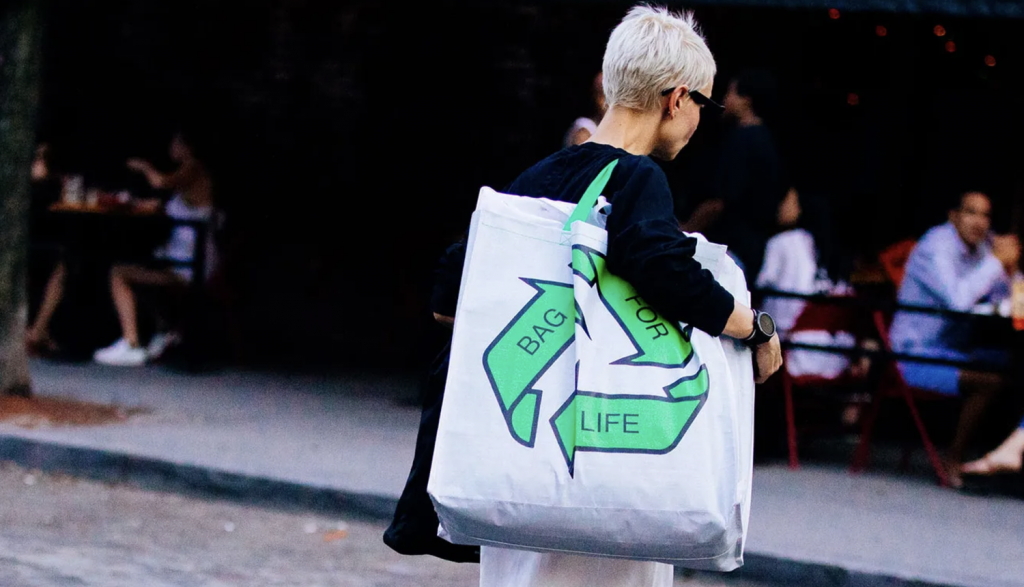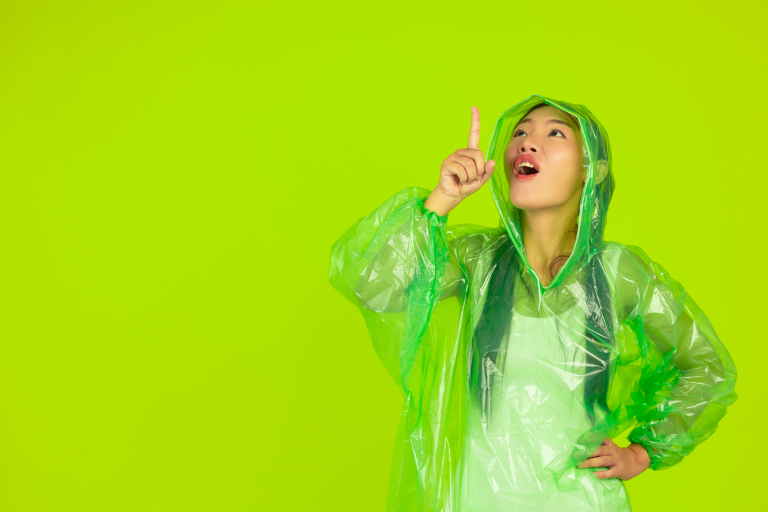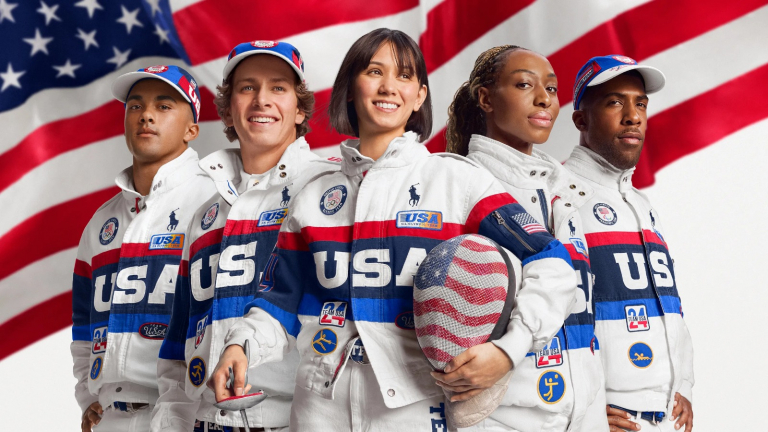Did you know how fashion greenwashing practice is impacting the fashion industry?
Fashion Greenwashing in 2022
Fashion is a huge market that is projected to double over the next decade, potentially hitting $2.5 trillion in annual revenue by 2032. As people head back to work and need to expand their wardrobe, it’s understandable why entrepreneurs want to cash in on this boom.
Unfortunately, fashion is also one of the most polluting industries in the world. It is second only to petroleum production in terms of carbon emissions. Fashion Greenwashing is the practice of making a product sound more sustainable than it really is.

Fashion isn’t the only sector to engage in greenwashing, but it is one of the biggest culprits. Environmental impact is a significant factor for today’s shoppers deciding which brands they will buy. If you want yours to truly be sustainable, read on to learn the truth behind the green screen.
Don’t Fool Yourself
Before launching your line, take a hard look at your business goals and whether they will contribute to a cleaner planet or a dirtier one. Every enterprise needs to make a profit to survive. But the products you choose to promote should be a primary consideration when it comes to eco-conscious consumption.
Whether your market is kids’ shoes or gifts for parents, be sure what you’re selling is something that won’t fall apart after a few uses. In the kids’ shoe department, this means using natural materials like leather or wool rather than plastic.
For gifts, take a pass on the trendy costume jewelry and opt for timeless metals and gemstones and classics like Akoya pearls that will last a lifetime and beyond. Offering a quality product makes it easier to show your support for sustainability and avoid greenwashing.
Bypass Tricky Double Talk
One of the biggest issues with greenwashing is that there is no universal definition for terms like ‘recycled,’ ‘low impact,’ or ‘natural.’ It is estimated that more than half of sustainable claims by the biggest fashion designers are misleading or unsubstantiated. H&M is one of the worst offenders, with a shameful 96% of their sustainability claims being unprovable.

Unscrupulous suppliers, manufacturers, and others along the supply chain capitalize on this lack of clarity. So-called ‘natural’ materials like rayon, viscose and lyocell sound like a better option than petroleum-based polyester. But the truth is that the semi-synthetic can be nearly as dirty.
Suppliers use harmful pesticides and fertilizers to speed production as well as harsh chemicals to make the fibers soft enough to wear. Another unpublicized fact about trees and bamboo used to make semi-synthetic: the production process can waste up to 70% of the tree!
When sourcing raw materials, look for certifications that actually mean something like Fair Trade International Certified, Global Organic Textile Standard (GOTS) and Oeko-Tex.
Detangle the Chain
About 97% of the clothing sold in the US is made outside the country. With supply chains stretching around the globe, the task of determining whether suppliers are following up on their claims can be challenging to say the least.
But if you are serious about reducing environmental impact, ask for verifiable evidence before signing any contracts. As an entrepreneur, you know that demand creates supply. If enough businesses call for transparency, suppliers will have no choice but to comply.
Fashion Greenwashing Goes Wide
To be a truly sustainable brand, you must consider all the steps of your supply chain, from raw materials to manufacturing processes, fair wages to packaging and post-consumer waste. ‘Pure’ cotton can be full of pesticides and poisonous dyes, not to mention a huge water hog. ‘Made in Europe’ may sound like the item has been ethically produced, but it often means the garment was sewn in Europe’s cheap labor markets like Turkey or Bulgaria.

When it comes to greenwashing, human rights matter as much as forest conservation. The fast fashion industry is notorious for using child and slave labor, paying far less than a livable wage. Another step in the process that presents a particular challenge for the eco-conscious brand is the packaging.
Your product needs to arrive in good shape, but being wrapped in swathes of plastic and foam sends a negative message to consumers. Packaging materials that are generally not recyclable include glossy paper, mixed packaging (paper/plastic blends) and petroleum-based inks.
Also, ‘recyclable’ packaging says nothing about whether the material can or will actually be recycled. Look for FSC-certified paper and soy-based inks. Every brand that genuinely cares about sustainability must also consider where their products will end up after they reach the end of their useful life. Sustainable fashion costs more to produce. But its true cost in terms of environmental impact will wind up being lower.
Suss Out the Smart Money
Many sustainable businesses also include charitable giving in their business plan. Sadly, you must investigate nonprofits just as you would any potential supplier. Many so-called green charities are doing less than they promise and keeping the lion’s share of the money for themselves. That said, there are ethical organizations to get involved with.
On the economic side, philanthropic giving can be great for business. Companies like Warby Parker and Tom’s have enjoyed great success in no small part due to their commitment to giving.
Conclusion About the Fashion Greenwashing
The lure of high profits provides a strong motive for companies to engage in greenwashing, but our conscience tells us otherwise. If we do not take care of the planet, we risk paying a much higher price than we bargained for. Fashion and eco-consciousness don’t have to be a contradiction in terms. With creativity and commitment, we can enjoy both.
* Written by Olivia Mitchel






